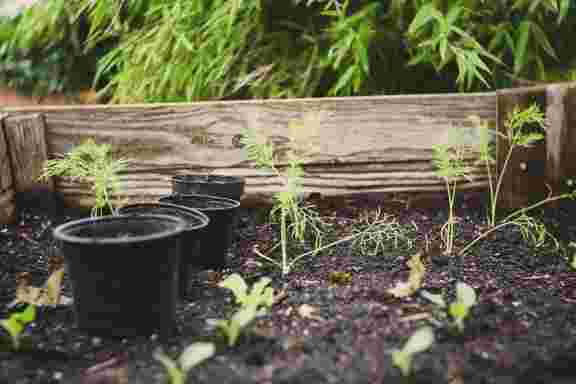


Understanding the nuances between these two types of formulations
Let’s start with the basics. EC, or Emulsifiable Concentrate, is a formulation where the active ingredient is dissolved in an organic solvent. When mixed with water, it forms a milky emulsion. SC, or Suspension Concentrate, on the other hand, is a stable suspension of solid particles of the active ingredient in water.
These aren’t minor technical distinctions—they’re about how the chemical interacts with the crop, the sprayer, and the surrounding environment.
That’s the surface-level comparison. But what lies beneath the sprayer nozzle is far more complex.
Different crops react differently to how fungicides are delivered. Grapevines, for example, may benefit from the quick knockdown power of ECs, while sensitive vegetable crops can suffer from phytotoxicity if the solvent load is too high.
Spray retention and surface coverage vary:
SCs are frequently preferred by farmers, particularly rice growers, who operate in high-humidity areas to minimise runoff. Many of them decide to use Kitazin fungicide, a SC formulation well-known for controlling mildew and sheath blight, while also providing crop safety and efficient residue management.
Selecting between EC and SC also depends on the equipment, in addition to safety and efficacy. If not cleaned properly, older sprayers may clog with SCs, and the solvents used in ECs can cause rubber seals to wear out more quickly.
The behaviour of these formulations after they exit the nozzle is one of the most significant variations. Petroleum-based solvents, which are frequently found in ECs, might contaminate the environment if they are used excessively or close to bodies of water. In hotter regions, the volatility of these solvents also results in increased evaporation losses.
SCs are generally safer for non-target creatures because they are water-based. They work well with Integrated Pest Management (IPM) programmes because of their lower toxicity profiles. According to studies, when SCs are applied, they can reduce volatile organic compounds (VOCs) by up to 30%.
The decision is about what is sustainable, not merely what is simplest.
This is where many people fail to read the fine print. Over time, ECs are typically more stable. By keeping the active substance liquid, their solvent method avoids settling or clumping. However, improper storage or exposure to drastic temperature changes can cause SCs to silt.
Nevertheless, rheology modifiers—agents that preserve flow and avoid separation even in less-than-ideal storage conditions—are already a part of more recent SC systems.
Remember the significance of label instructions as well. With SCs, shaking the bottle is an essential step, not just a formality. If it is missed, field performance will suffer from poor dispersion.
“The secret to effective crop protection isn’t just what’s in the bottle—it’s how it’s carried to the leaf.”
The price per litre only provides half the information. Due to their superior penetration power and concentration, certain ECs require less volume per acre. However, reapplication costs increase if they disintegrate in sunlight or evaporate rapidly in heat.
Although they may require a larger dosage, SCs have longer-lasting effects. In tropical regions where fungal pressure is high, this residual effect may mean the difference between one and two spray cycles.
Factor in:
And you realize the “cheapest” option might cost the most in the long run.
